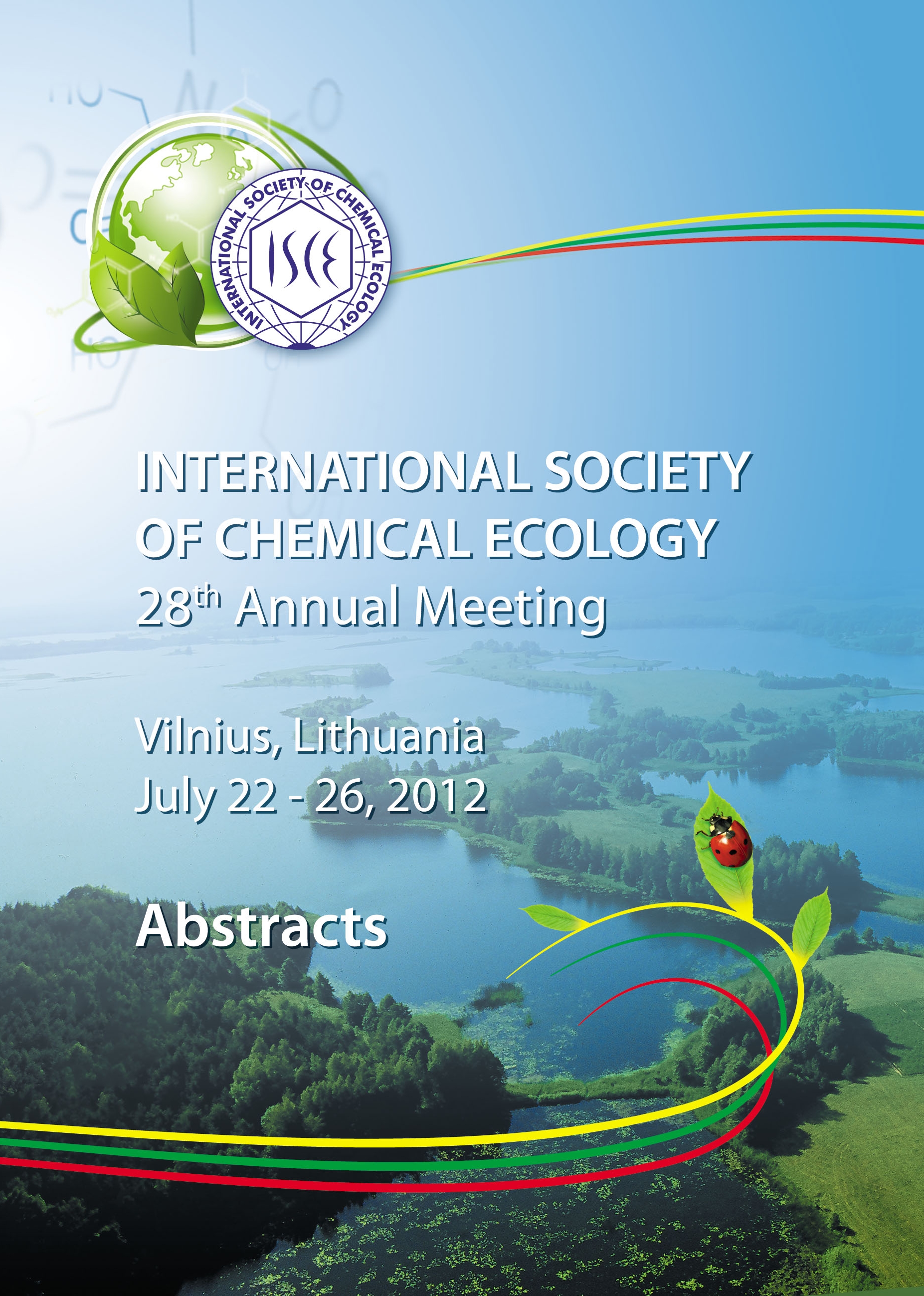
About Vilnius & Lithuania
Lithuania inhabited by people of Baltic descent, was once a powerful empire stretching from Baltic Sea to Black Sea. It is now known for its fascinating history, beautiful nature and friendly, welcoming people. It has one of the nicest capitals in Europe, Vilnius, which is still undiscovered by mass tourism. There are plenty of other sights like national parks abundant with lakes and rivers, the Baltic Sea coast with its gorgeous sand dunes and little charming villages hidden away from obvious tourist path. When you come, Lithuania it could well be the highlight of your trip. Lithuania has just about everything for visitors: beautiful, historic cities, romantic castles, manor houses, countryside mansions set in a landscape of rolling hills and lakes, an unspoiled coastline, unique and still live folk traditions, a wide choice of international and local hotels and fine restaurants which can cater to all international tastes. Last but not least, the price and value will pleasantly surprise you in Lithuania and the other Baltic states.
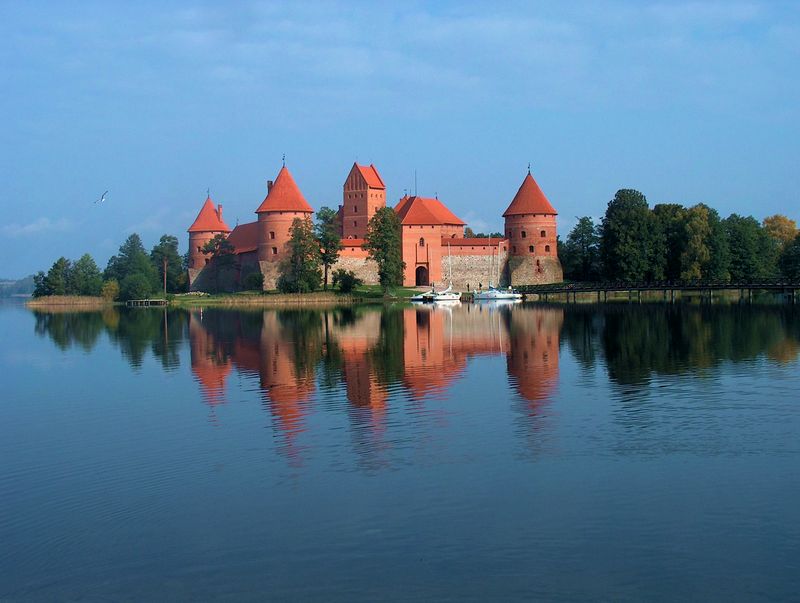
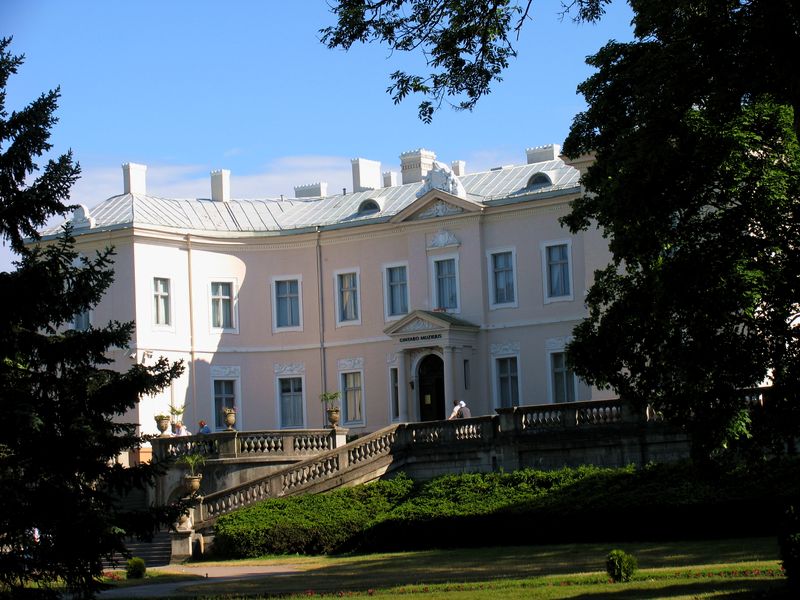

Vilnius, the capital city, has a medieval atmosphere with a blending of many diverse cultures. Its splendid architectural ensemble is unique in Europe. This rich architectural heritage has placed the Old Town of Vilnius on UNESCO's World Heritage List.
Vilnius is known as a Baroque city, there are examples of Gothic (e.g. the St Anne's Church), Renaissance, and other styles. The main sights of the city are Gediminas Castle and Cathedral Square, symbols of the capital. Their combination is also a gateway to the historic centre of the capital. Owing to its uniqueness, the Old Town of Vilnius was inscribed on the UNESCO World Heritage List in 1994. In 1995, the first cast of Frank Zappa in the world was installed near the center of Vilnius with the permission of the government.
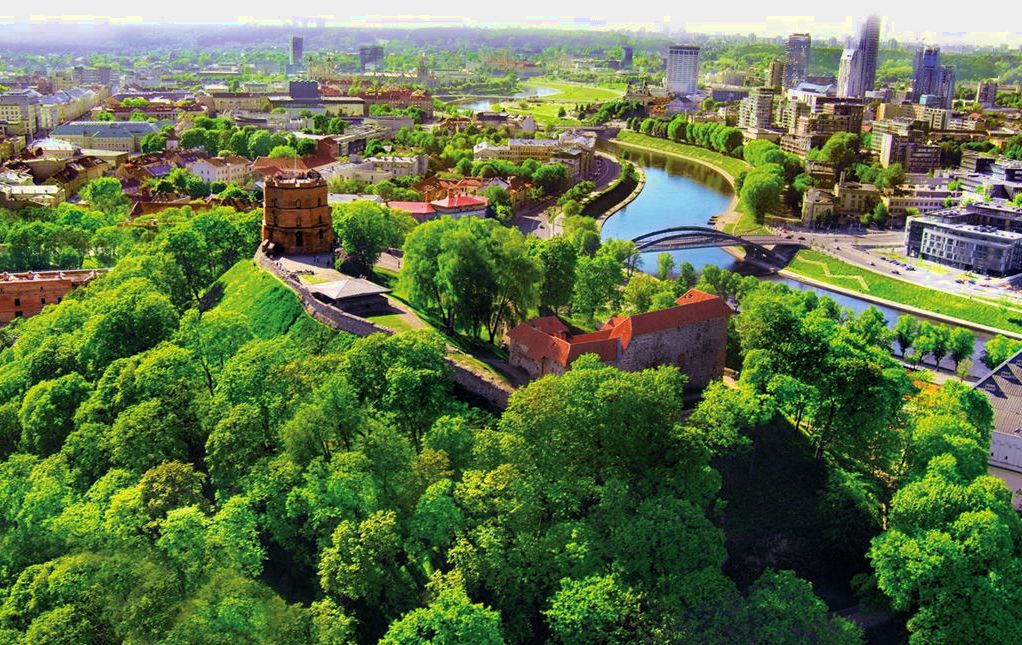
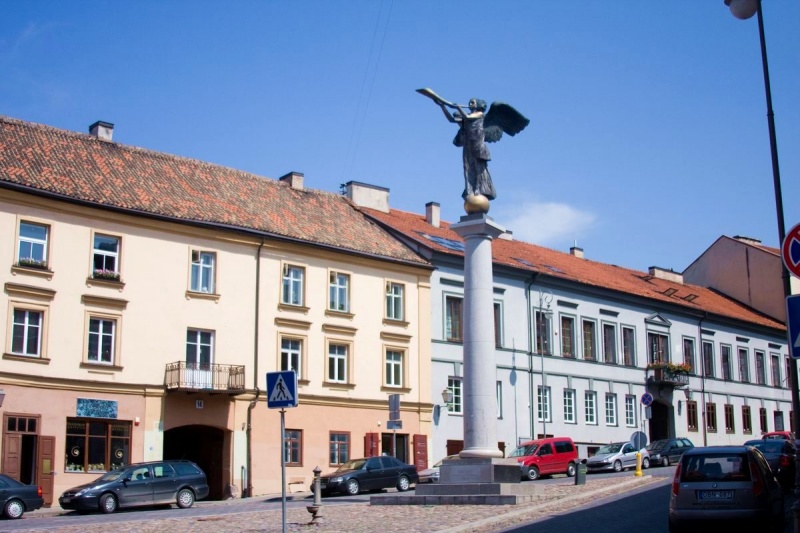
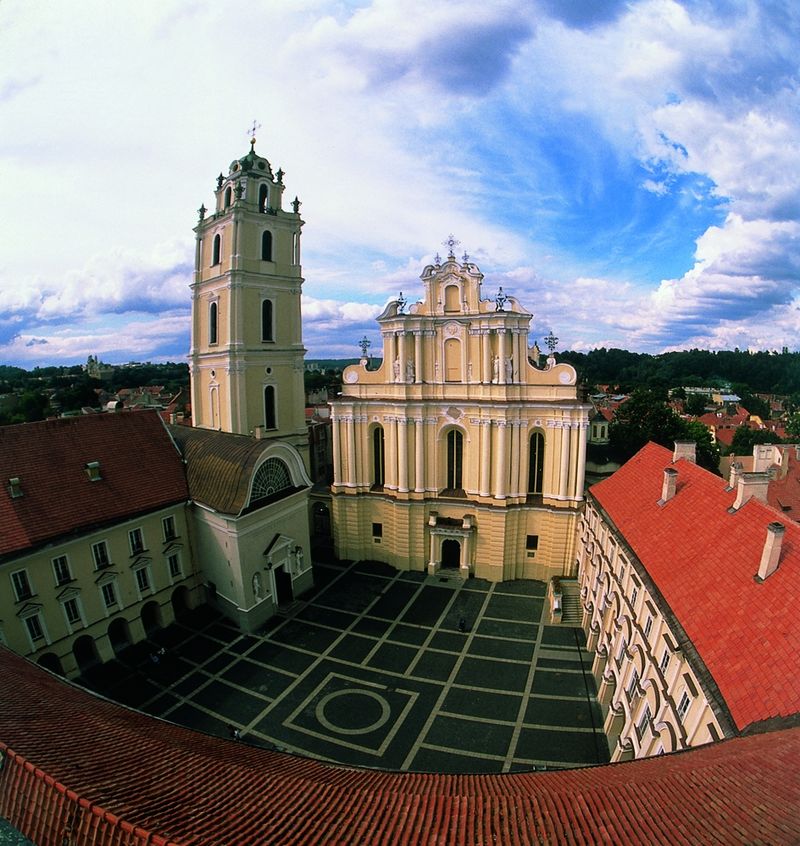
Fast Facts
Area: 65.200 km2
Population: 3.4 million (Vilnius 553.000, Kaunas 377.000)
Language: Lithuanian (English and Russian widely spoken)
Major religion: Roman Catholics
Lithuania has:
816 rivers longer than 10 km
2,834 lakes larger than 0.5 ha
Highest point:
Juozapine Hill (293,6 m)
The largest river:
Nemunas (937 km, 475 km in the territory of Lithuania)
The largest lake:
Druksiai (42,26 km2)
Lithuania is the largest and southernmost of the Baltic States. Lithuania is bordered by Latvia to the north, Belarus to the east and south and Poland and Russian Federation to the south and southwest. Forest spread through almost 30 percent of the country, and rivers, streams and more than 3000 lakes shape the land.
Five national and 30 regional parks preserve this paradise for boating, fishing, hunting, bird watching or horseback riding. The largest river, Nemunas, flows into the Curonian Lagoon separated from the Baltic Sea by the Curonian Spit. This 98 km long bank of sand, dunes and pine trees stretches from Kalingrad in the south to the seaport of Klaipeda in the north. The Curonian Spit, recognized by UNESCO as a part of the world heritage, is one of the most unspoiled natural spots in the whole Baltic Region.
It is also known as the amber coast, for the precious amber that was washed onto this shore for many centuries. Are you looking for white, sandy beaches, impressing dunes, crystal clear water, fresh air and romantic fishery villages? If yes, this is the place for you.
Geographical position
Lithuania is one of the states in the East ringing the Baltic Sea. Lithuania is the Centre of Europe (26 km from Vilnius). To the north it borders on the Republic of Latvia (the length of the border 588 km) to the east and south it borders on Belorussia (677 km), to the southwest - on Poland (104 km) and on district of Kaliningrad (273 km). The Territory of Lithuanian is 65300 square km. In 1992 the population was 3.76 million. Capital of Lithuania is Vilnius. Administratively, Lithuania is divided into 44 regions, and 52 districts; there are 92 cities (among them 11 under the republic's jurisdiction) and 22 urban-type settlements. Reform of administrative-territorial division is in progress.
The length of sea coastline is 90km. The coast is covered by sand beaches and coastal dunes. At the south coast is the Courland lagoon. The Courland Spit separates it from the Baltic Sea.
More about Vilnius and Lithuania:
www.vilnius.lt
www.travel.lt
www.vilnius-tourism.lt
